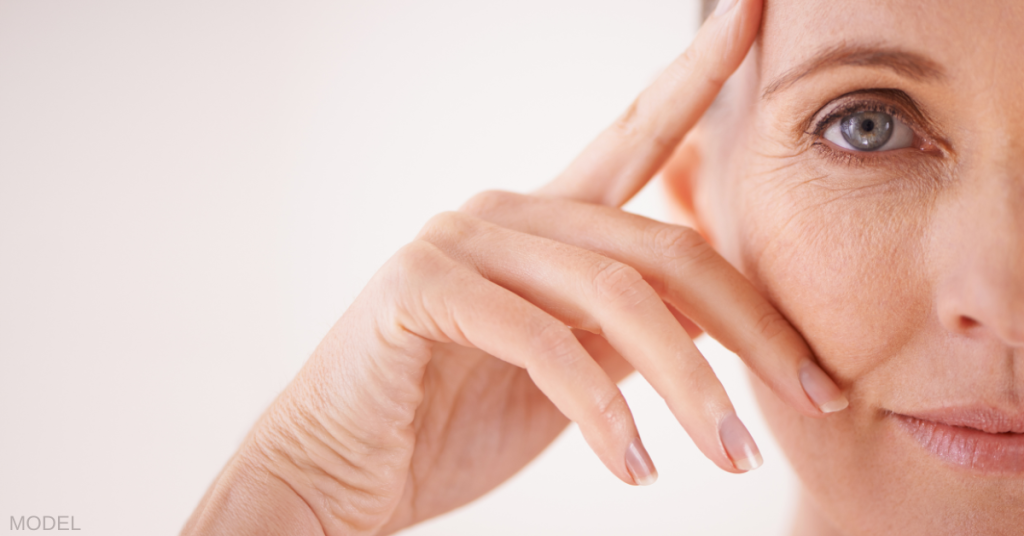A facelift can work at any age to refresh and rejuvenate your face. Most men and women undergo a facelift in their 50s or 60s to improve age-related wrinkles, jowls, and skin laxity in the mid and lower face. However, you can have a facelift whenever you feel it’s time to improve the signs of aging and loss of facial volume.
Let’s see how facial rejuvenation can enhance your appearance at different stages in your life.
In Your 20s
A facelift is not a standard procedure for men and women in their 20s. However, some individuals may experience sagging and slackness in their lower faces due to genetics, excessive sun exposure, or other conditions affecting the skin and facial tissue. If you have a loss of definition in your jawline and deep lines and wrinkles in your late 20s, you can talk to your plastic surgeon to see if you are a good candidate for a facelift.
In most cases, nonsurgical treatments are better options at this age. If you only want to improve fine lines and wrinkles on your face, BOTOX® Cosmetic or dermal fillers are usually excellent choices. These are temporary treatments to rejuvenate your look with minimal downtime.
In Your 30s
Some men and women desire a facelift in their 30s to improve facial concerns, but most people do well with nonsurgical options. If you don’t have extensive jowling or facial lines, try a Lunch Hour Lift, a shortened version of a facelift combined with other rejuvenating procedures. Dermal fillers can improve deeper facial lines around your mouth or nose.
In Your 40s
As you move into your 40s, lines often become more noticeable. Laxity may start to show around your jawline, the beginning of saggy jowls. Whether you pursue a facelift at this stage is entirely up to you and how you feel about these age-related changes. Some people opt for a facelift to ward off these issues, knowing they’ll likely want another facelift in their 60s or 70s. Others achieve the rejuvenation they want with laser skin resurfacing or nonsurgical skin tightening options.
In Your 50s
By your 50s, you will likely notice extensive skin laxity and facial lines, and nonsurgical options probably are no longer achieving your desired results. People in their 50s and 60s are at the average age for a facelift, so now is one of the best times to opt for the surgery. A board-certified and experienced plastic surgeon can give you soft, natural-looking results.
It’s important to talk to your plastic surgeon about your goals involving your facelift procedure. Your plastic surgeon can advise if you should combine your facelift with other procedures, such as eyelid surgery or a brow lift. Facial fat transfer often complements facelift results, adding youthful-looking volume to areas that have become sunken with age, such as the cheeks, temples, and under the eyes.
In Your 60s & 70s
If you had a facelift in your 40s or early 50s, now is a good time to seek a repeat procedure to maintain your results. However, if you have been diligently taking care of your skin and having nonsurgical rejuvenation procedures along the way, you may be ready for your first facelift in your 60s or 70s. At this age, men and women often experience extensive forehead sagging and droopy upper eyelids; you can address those concerns with eyelid surgery or a brow lift. Make sure to let your plastic surgeon know about any health conditions you have so they can make your surgery as safe as possible.
A facelift at any age can refresh your appearance. However, certain stages are optimal for surgical rejuvenation; your plastic surgeon will be the best guide. Our patients have great success with facelift surgery, as you can see in their before and after photos.
To see if you are a good candidate for a facelift, request a consultation or call us at (859) 277-9435 to schedule an appointment.



Leave a Reply